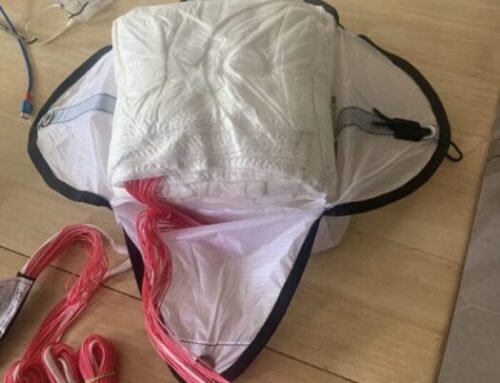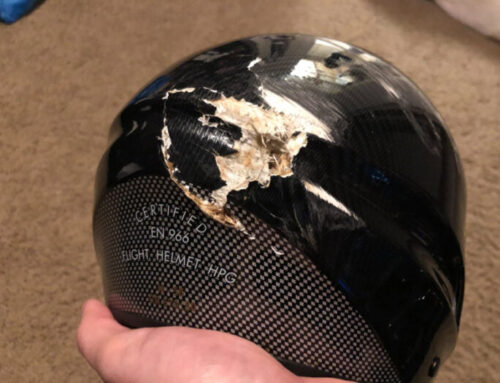Do I need a reserve parachute to paraglide?
Yes, you should fly with a reserve, here are some reasons for buying a paragliding parachute.
A reserve is an extra chance, you want an extra chance in case of trouble, don’t you? A reserve can seem like an unnecessary cost, something you could do without or don’t need to pay much attention to. Hopefully this article will help answer your question, “do I need a reserve parachute to paraglide?”
- Collisions: You’ll be sharing the sky with drones, big birds & other pilots. A pilot blinded by the sun suddenly veers into your path and is now tangled in your lines. Your wing wraps up around him, you’re both falling.
- Weather: Weather can change quickly. Thunderstorms, turbulence, gust fronts and more. If you fly in weather, then you should fly with a reserve!
- Gear failures: We place trust in different parts and pieces of our paragliding equipment when flying. Any of them could break due to wear, or manufacturing defects. A paragliding reserve parachute suddenly becomes an important piece of our paragliding equipment when critical parts of our gear fail.
- Pilot error: We all make mistakes. If you find yourself in a flight situation which is not recoverable, you need a reserve.
- State of Mind: Having a reserve can reduce fear levels during turbulence, allowing you to focus more clearly on piloting.
Is there any valid reason for not flying with a reserve?
- Question: When I received my P2 training I wasn’t provided a reserve to use, why? Do I need a reserve parachute to paraglide now?
- Answer: This is a common practice when expected height gained on beginner training hills is very low. Once your training evolved to higher flights you should have received your ground school on paragliding reserves and then been flying with one.
- I fly sand dunes, and never get higher then 50 feet. This type of flying is known as dune soaring. A commonly accepted practice by many pilots is to not use a reserve while dune soaring.
What Size Reserve?
Yes, your reserve size matters! The correct size for you is determined by your all-up flying weight.
Just like our paragliders, reserve parachutes are rated for your total in flight weight. A too small, overloaded reserve will increase your rate of descent or sink rate, causing you to land harder. As well as a higher sink rate, an overloaded reserve also has a higher risk of down-planing and oscillations.
In order for a reserve parachute to receive its EN 12491 rating, its sink rate should not exceed 5.5m/s when properly loaded. Thats fast! anything we can do to reduce that descent rate is to our advantage, flying with a properly sized reserve will help you.
During SIV clinics I’ve noticed that many pilots have a reserve that is too small. Over the lake on their first ride under a reserve, quite a few pilots have learned that their reserve was too small, and they hit the water harder than necessary. They then went and bought a new larger reserve.
Many experts in paragliding equipment and reserves, recommend that on standard square and round reserves you deduct 10% from the max weight rating provided by the manufacturer. And use that number as the max loading. (Skywalk Pepper Cross Reserve is rated at 110 KG, deduct 10% = 99KG) so, on this reserve your max all up weight shouldn’t exceed 99KG. Most important is for you to be within the reserve manufacturers weight range.
Opening speed of your paragliding reserve
Some pilots believe that by smaller reserves open faster, but the time to reach a stabilized descent can be much longer due to the down-planing problem that a small reserve can create. Real life opening speeds vary greatly from the controlled drop test shown in EN reports. The design, packing, and time since last re-packed can influence the opening time much more than size.
A reserve should not be too large for you either, as this might cause oscillation problems, and due to its greater size be more difficult to control on landing. Unfortunately, manufacturers test their reserve parachutes over lakes at lower altitudes then many of us fly, in calm conditions. So, our results may differ slightly from certified testing.
Lately there seems to be discussion amongst paraglider pilots on the benefits of flying a larger reserve and staying away from a smaller higher loaded reserve. How big is too big? What do you think? Send us your thoughts in our comments box.





